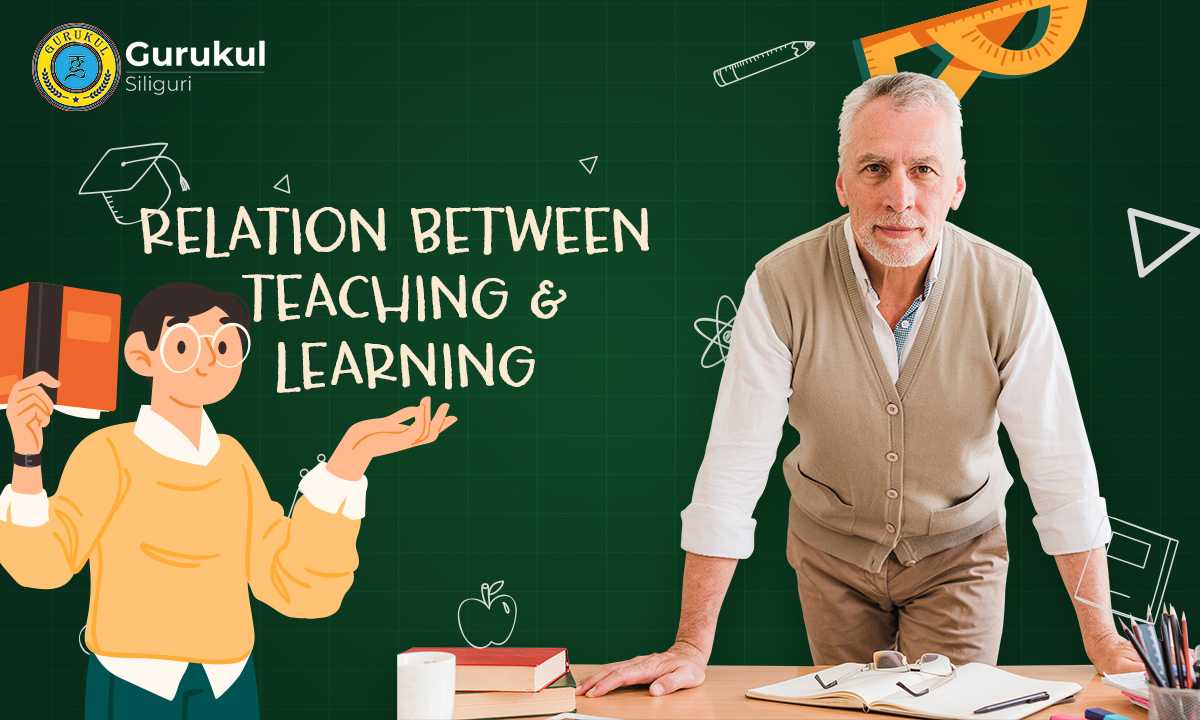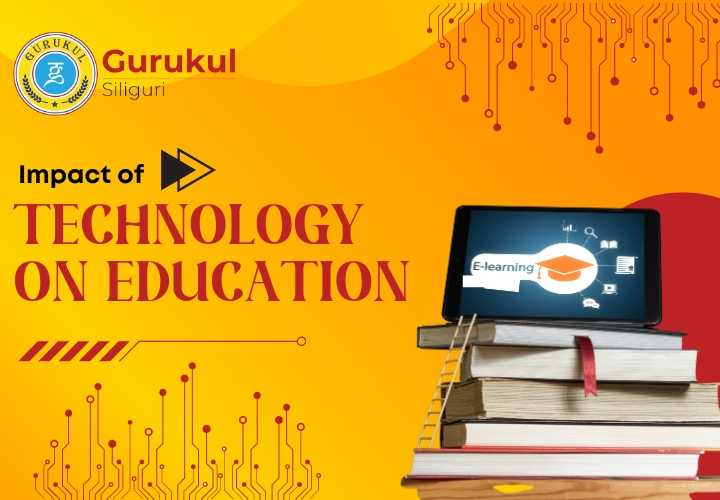In today's digital age, technology has become an essential part of our lives, and education is no exception. Technology integration in education has brought about significant changes in how students learn and how teachers instruct. Let's explore the impact of technology on education.
Accessibility and Affordability
One of the most notable impacts of technology in education is its ability to make learning more accessible. With the advent of online classes, students can now attend lessons from anywhere worldwide. This development has opened doors for students who previously needed help to attend physical classes due to location or financial barriers. Moreover, online courses often come at a lower cost than traditional in-person courses, making education more affordable.
Personalized Learning
Technology has transformed the learning experience by catering to individual learning styles. Students can learn at their own pace with a vast array of educational resources available online. Visual learners can benefit from video content, auditory learners can listen to podcasts, and kinesthetic learners can engage with interactive simulations. This variety makes learning more engaging and tailored to each student's needs.
Enhanced Teaching Efficiency
Technology has provided teachers with tools to become more efficient and effective. Educational software allows teachers to track student progress, identify areas of weakness, and customize their teaching strategies accordingly. This personalization enhances the learning experience and ensures each student's needs are met.
Concerns and Challenges
Despite the benefits, there are concerns about the increasing role of technology in education. One primary concern is the potential for technology to replace teachers. While technology can enhance learning, it cannot replace the human aspects of teaching, such as building relationships, offering emotional support, and fostering critical thinking.
Importance of Technology in Education
Technology has become a vital part of the curriculum and serves as an instructional delivery system. It supports teaching and enhances the overall learning process. Integrating technology, education, and training can stimulate curiosity and encourage students to think differently.
Positive Impacts of Technology in Education
- Enhanced Teaching and Learning: Tools like digital cameras, projectors, computers, PowerPoint presentations, and 3D visualization tools improve the teaching and learning experience.
- Globalization: Technology allows students to connect with peers worldwide and learn foreign languages online.
- No Geographical Limitation: Many universities offer online degree courses, enabling students to pursue education from anywhere.
Negative Impacts of Technology in Education
- Declining Writing Skills: Increased reliance on digital communication can negatively impact students' writing abilities.
- Rising Incidents of Cheating: Technology can make it easier for students to cheat.
- Lack of Focus: Constant connectivity to the online world can lead to distractions and a lack of focus.
Conclusion
In conclusion, technology has had a profound impact on education, making it more accessible, personalized, and efficient. While there are challenges, such as the potential for technology to replace teachers and its impact on writing skills and focus, the benefits of technology in education are substantial. As technology continues to advance, it will play an even more critical role in shaping the future of education.
Read More Article: Hybrid Learning Explored: The New Standard in Education





